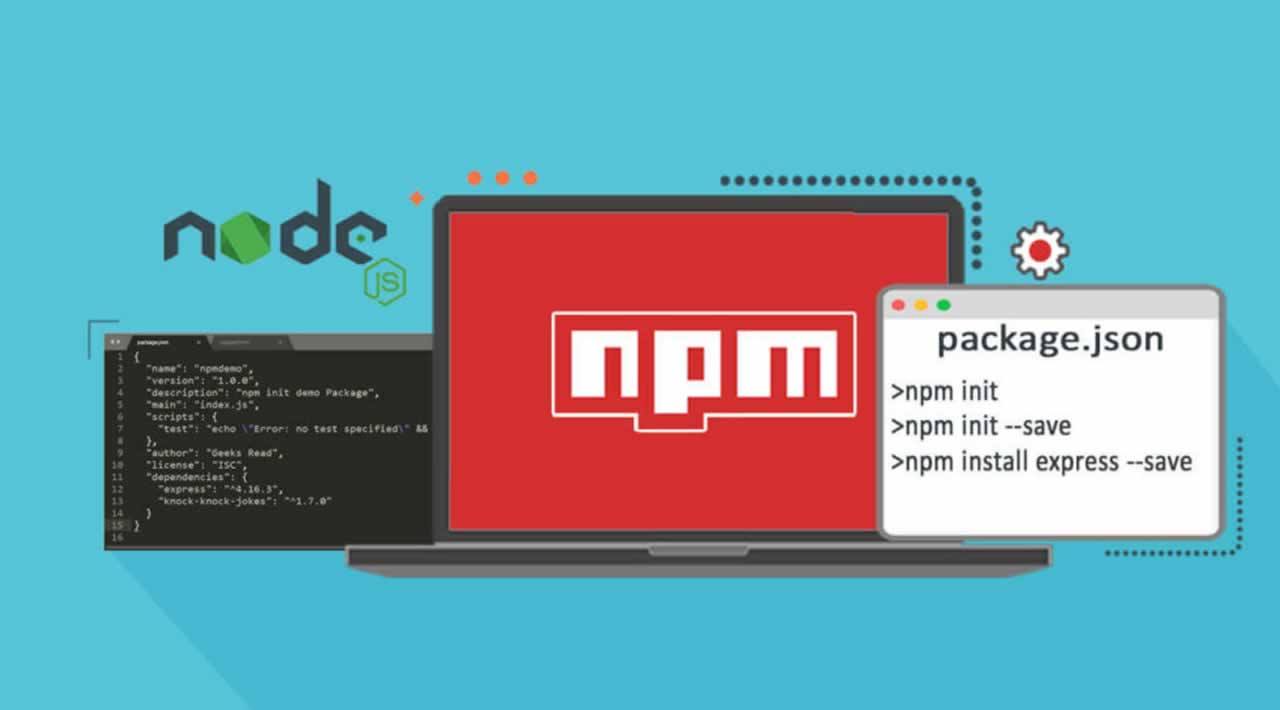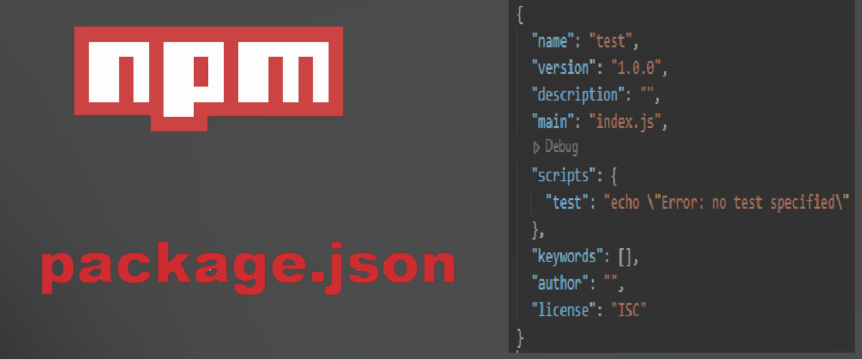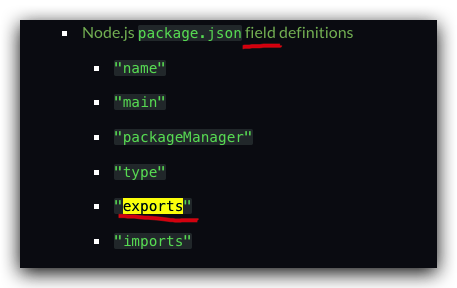Managing dependencies in Node.js projects often involves dealing with the node_modules folder, which can grow quite large. Keeping this folder outside your main web application directory offers several advantages, including improved project organization, simplified version control, and easier deployment. This post will guide you through efficiently configuring your project to achieve this.
Relocating node_modules: Best Practices for Node.js Projects
Moving your node_modules directory outside your main application directory is a common practice among developers striving for better project structure and maintainability. This approach offers benefits such as cleaner version control (ignoring the large node_modules folder), improved build processes, and easier collaboration. However, it requires a deliberate configuration change to ensure your project still functions correctly. This involves leveraging npm’s or yarn’s ability to install packages to a specified location. We’ll explore how to achieve this using both package managers, highlighting the key differences and potential challenges.
Using npm to Specify a Custom node_modules Directory
Npm, the Node Package Manager, allows you to specify the installation directory using the –prefix flag. This flag tells npm where to place the node_modules folder. You can create a separate directory for your dependencies, and then use this flag during the installation process. It’s important to note that this flag needs to be used every time you run npm install. For better workflow management consider using a dedicated script within your package.json. Learn more about npm install.
Leveraging npm’s package.json for Consistent Installation
While the –prefix flag works, it’s not ideal for long-term maintainability. A more robust solution involves using a pre-install or post-install script within your package.json. This script automates the process, ensuring consistency across different machines and developers. This approach is much cleaner and prevents potential errors from manually specifying the installation directory every time. The script can run before or after the main installation process, depending on your preferences. Explore npm scripts within package.json.
Alternative Approaches: Yarn and its Workspaces Feature
Yarn, another popular JavaScript package manager, offers a more sophisticated solution through its workspaces feature. Workspaces allow you to manage multiple packages within a single repository, each with its own node_modules directory. This is particularly useful for larger projects with multiple interconnected packages. By setting up workspaces, you can effectively separate the dependencies for each package, ensuring better organization and simplifying dependency management. This approach also provides better control over versioning and simplifies updating multiple packages concurrently. Read more about Yarn workspaces.
Comparing npm and Yarn for Dependency Management
| Feature | npm | Yarn |
|---|---|---|
| Custom node_modules location | Requires –prefix flag or custom scripts | Easier with workspaces |
| Speed | Can be slower for larger projects | Generally faster |
| Workspace Management | Less integrated | Built-in workspaces feature |
| Lockfiles | package-lock.json | yarn.lock |
Conclusion: Choosing the Right Approach for Your Project
The optimal method for managing your node_modules directory depends on your project’s complexity and your preferred package manager. For smaller projects, using npm with a custom script in package.json offers a good balance between simplicity and maintainability. However, for larger projects or when working with multiple interconnected packages, Yarn’s workspaces feature provides a more powerful and structured solution. Regardless of your choice, ensuring a clean and organized project structure contributes significantly to long-term maintainability and ease of collaboration. Remember to always consult the official documentation for the most up-to-date information and best practices. Install Yarn to explore its capabilities further.
Try implementing these techniques in your next project and experience the benefits of a well-organized dependency management system!
#1 How to Use Node.js Modules with npm and package.json?

#2 Package.json Explained Let’s React

#3 Understanding the package.json file | Codementor
#4 [SOLVED] Package.json with multiple entrypoints ~ Stack Overflow
![Move nodemodules Configuring packagejson for External Dependencies - [SOLVED] Package.json with multiple entrypoints ~ Stack Overflow](https://i.stack.imgur.com/KrniS.jpg)
#5 Node.js & npm package.json exports field All In One - xgqfrms -

#6 Configure package.json file - Naveed Ul-Haq’s blog

#7 How to automatically build the package.json file for Node.js projects
#8 07 Working with JSON Data in Node JS | Node JS Complete Tutorial

